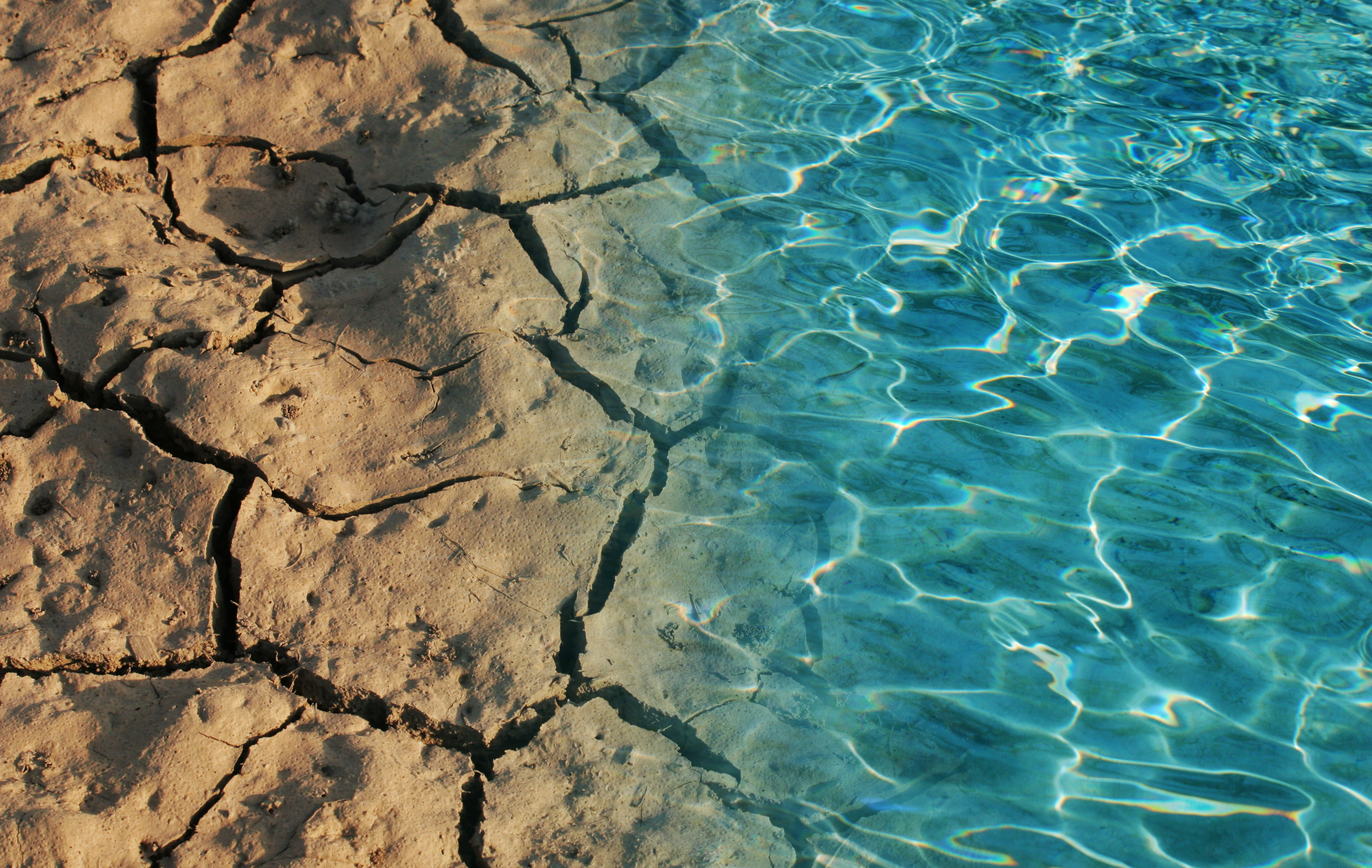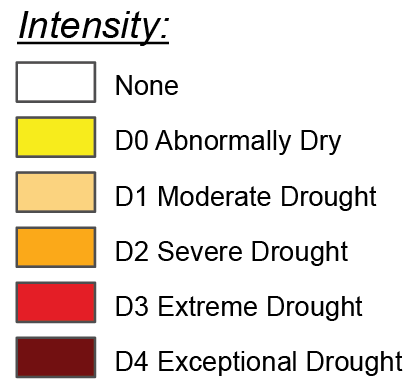
It’s official. California is in another drought cycle as are most of the western states. A look at the U.S. Drought Monitor shows a state mostly in shades of red.
Drought Responses
The Governor has declared a drought emergency for 41 of the state’s 58 counties.
The State Water Resources Control Board notified some water rights holders that they will not be able to draw surface water this year.


The U.S. Bureau of Reclamation changed its allocation amount to zero for its agricultural water contractors.
The Department of Fish and Wildlife is sounding the alarm that migrating salmon are in dire trouble with river water likely too hot for their survival.
Local water agencies and districts are sending notices to their customers to conserve water and in some areas to reduce water usage by at least 10%.
All this and it’s just the beginning of the summer season when temperatures reach 100 degrees in many parts of the state. The wildfire season is already underway.
Cutbacks, Other Preparations
With the Governor’s drought emergency declaration, the State Water Resources Control Board sent letters to thousands of junior water rights holder to stop drawing water from rivers.
At the same time, the Department of Water Resources is preparing to install a $30 million rock barrier on the Sacramento-San Joaquin Delta to keep salt water from encroaching into the freshwater estuary thereby contaminating drinking water and damaging agricultural fields.
Northern California reservoirs show diminishing water levels, making it difficult to supply cold water to send down the rivers to help migrating salmon and still provide water for municipal and agricultural uses. Wildlife refuges will not be receiving any water, putting many species in jeopardy.
The U.S. Bureau of Reclamation announced that most farm-irrigation districts drawing water from the Central Valley Project are cut off this year. It was initially thought that they would receive 5% of requested amounts, but that was changed due to lack of rain in the spring.
Municipal water agency allocations are slashed from 55% down to 25%, which will put pressure on local water districts in the valley. Water districts from the Oregon border to deep in the Central Valley have sent notices to their customers to reduce use from 10% to 20%. Some, like Westlands Water District, have cut water off for landscaping.
Tough Decisions for Growers
Farmers in California will bear the brunt of water restrictions. Many are making the hard decision to fallow fields or try to salvage what crops they can. Orchardists have begun pulling out trees in hopes of preserving what little water they have.
Producers of every commodity — from the hay fields at the Oregon border to the rice fields in the north valley to the orchards in the Central Valley — are making those tough decisions that will impact food prices in grocery stores, employment numbers and the export markets.
Wildfires
What sometimes gets lost is the fact that wildfires also draw down water supplies. During wildfires, water is pulled from nearby lakes and reservoirs to help control spreading flames.
The likelihood that 2021 will be a challenging wildfire year is strong, given the number of fires so far. Not only is it getting hot earlier in the year; the soil itself is dry from lack of rain, making it easier for fires to ignite.
Power Grid
Another looming problem with the drought is the possibility that the power grid could be affected. Hydropower provides 14% of the power grid’s supply. If the water levels fall too low, the hydropower plants can’t operate. Grid operators say they have enough power now, but if is hot and drought conditions prevail in the western states, California won’t be able to buy power from its usual out-of-state sources.
It’s going to be a challenging year for water suppliers and water users.

